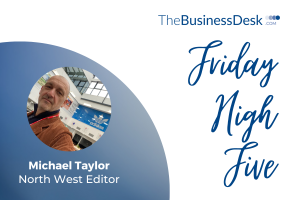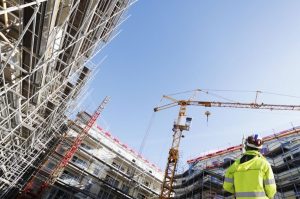How Protective Workwear Can Prevent Hazards In The Workplace

The implementation of workwear in the workplace has been crucial to many sectors. It’s designed to protect every possible part of your body against everyday and irregular hazards.
Personal protective equipment (PPE) is a regulatory requirement to prevent any harm to the health of workers contracted or employed, which decreases the likelihood of injury, illness and legal issues.
The importance of workwear in the workplace to prevent risks and hazards cannot be stressed enough. Nearly every industry in the UK has a strong vision regarding health and safety, and being adequately equipped for an employee’s day-to-day duty is a mandatory responsibility. But, how can PPE and workwear itself actually prevent hazards in the workplace?
PPE typically consists of protection for the delicate and sensitive areas, such as hard hat helmets for your head, and protective work boots for the feet. Specialist safety goggles and hearing protection are often used to protect sight and hearing, whilst face masks and face guards are equipped to prevent the inhalation of harmful substances.
Which industries require protective workwear?
It is a legal requirement to carry out risk assessments in a workplace, which then determines what level of protection is needed to perform your tasks to a suitable and efficient level that also protects your health. Industries such as construction, warehouse staff, laboratories, landscaping, security and catering are prime examples of industries that need protection due to the exposure to exceeding noise levels, chemicals, heavy objects, scalding surfaces and more.
What are typically the most important items of protective workwear?
From head to toe, the most important items of protective workwear are:
Headwear, such as hardhat helmets. An absolute no-brainer to protect the most important organ in the human body from falling objects and debris in the workplace. Woolly hats and beanies are also forms of protective workwear to keep your head from being too cold in adverse weather conditions.
Respiratory protection is necessary when exposed to debris, dust, gases and any other substances that can enter your body through the nose or mouth which can be harmful. Specialist respiratory protection and face masks can be used to prevent hazards in the workplace.
Hi-Vis and Specialist Fabric Coats/Jackets are breathable, high-visibility and if specific – flame retardant. These coats and jackets are important when working in construction and are exposed to hot temperatures and open flames, and they provide the visibility and flexibility to carry out your day-to-day tasks with ease.
Your eyes and ears are two of the most delicate sensory organs and need ample protection when exposed to loud noises, bright lights and more. Safety goggles and noise-cancelling headphones/ear muffs can prevent any inconvenient hazards when at work.
Workwear companies, such as XY Workwear, are one of the leading workwear suppliers in the UK, distributing to every inch of Great Britain.








